The plan that is to be suggested as the final delivery of this program can provide an effective strategy for climate change adaptation, with high socio-economical and socio-ecological impact on the people living in the JV area, as well as on the ecosystem and the environment of this important region. The Plan will attempt to promote further cross-boundary relations that will hopefully contribute to the relaxation of the political conflicts between the three nations. Using the Jordan Valley (JV) as a test case, the overall project objective is to develop a climate-change adaptation program oriented towards improving socio-economic welfare for people in the Mediterranean region. Based on Water-Energy-Food-Ecosystem (WEFE) nexus methodologies, the project will build the research and innovation capacities of partners and stakeholders. The project will establish a long-term cross-border cooperation between demonstrations sites in Palestine, Israel and Jordan, and engage in a strategic dialogue with decision makers of the region on how to implement integrated WEFE management on a regional scale, and will establish a baseline and shared database of resources for riparian countries of the Jordan River Valley Region including water, energy, agricultural production and ecosystem services. It will study and model the long-term socio-economic implications of integrated WEFE management on a national and regional scale with a special emphasis on cross-border optimization of resources.
The following indicators are proposed for SO1:
Number of government agencies from Israel Palestine and Jordan engaged in a dialogue and cooperating with the ECOFUTURE scientific team (~5 regulatory bodies)
• Number of integrated master plans that will be specialized for the region (3 Jordan/Israel/Palestine)
• Number of scientific papers regarding WEFE Nexus cross-boundary methodology published within the project and the 2 following years, their impact factor and citations. (At least 4 papers are expected)
• Number of expected beneficiaries from implementation of the regional integrated WEFE approach proposed by the ECOFUTURE initiative at the end of the three-year study. (population in JV)
For the monitoring of SO1.1 - Use techno-economic models to optimize the sustainable efficiency (economic, society and environment) performance of the Plan; and SO1.2 - Use socio-economic models to assess and recommend policies in the WEFE context to improve the welfare of people in the region, the following indicators are proposed:
• Number of modelling scenarios developed / number of modelling tools applied (~2 or more)
• Number of scientists and practitioners (stakeholders) engaged in the ECOFUTURE initiative (~100)
• Number of analyses mapping the resources needed to maintain quality & quantity of ecosystem services (3
regions)
For the monitoring of SO2 - Perform tests in three demonstration sites in the Jordan Valley, one in each country, in order to validate the inputs to the various models. The following indicators are defined:
• Number of demonstration sites and the number of beneficiaries of the demonstration sites (3)
• Number of technologies investigated or applied/tested within the demonstration sites (TBD in year 2)
• Quantities of water, energy, food and ecosystem services produced by the regional integrated management models developed as a result of the three-year ECOFUTURE research as compared to the projected baseline for a non�integrated and non-regional approach
• Impact on policy objectives from demonstrations sites (qualitative anecdotal impact)
SO3 seeks to propose methodologies to extend the applicability of the results of the Jordan Valley to other regions and to other Mediterranean countries. It is presumed that by demonstrating integrated WEFE approaches to managing scarce and shared resources in the Jordan River Valley through demonstration sites and knowledge sharing, this can be duplicated and scaled up through work package 5; Strategic Planning for Sustainable Development. The proposed indicators for this final objective SO3 are:
• Number of Israeli, Palestinian, Jordanian and Mediterranean scientists collaborating on WEFE initiatives in order to demonstrate optimisation of resource infrastructure in the water stressed Jordan River Valley with implications for all Mediterranean countries threatened by the climate crisis.
• Numbers of new opportunities to engage in wider collaboration including other countries in the Mediterranean, North Africa and Gulf region. (~4-6)
• Number of practitioners within the Mediterranean community of practice (CoP) engaged and capitalising with the synergies of the proposed project (~5-20)
• Number of new channels of dialogue established to support broader EU ambitions for regional and trans-basin stability, in accordance with identifying solutions to support the Arab Israeli Peace process.(TBD)
• Number of synergies established with other WEFE demonstration sites over the duration of the project. (TBD in conjunction with contracting authority)
SO4 - Building Synergies across Sectors: (indicator = number of synergies) By building synergies across the sectors it will enable the project to investigates interlinkages across the nexus and identify potential synergies and trade-offs for combined coordinated actions; thinking about water in nexus terms, could help water utilities and other water organisations to better understand interlinkages, problems and needs, and therefore better prepare to negotiate solutions with other sectors’ stakeholders; and improve the understanding of how nexus thinking can help the water sector engage with stakeholders across the nexus sectors to build synergies and manage trade-offs related to water use across sectors and countries. This exercise can be completed at the governance level by policy coherence analysis that can be undertaken both vertically and horizontally. The former refers to coherence between different levels of government. The latter refers to coherence between policy areas across a certain level. Policy coherence requires consistency between goals, instruments and implementation procedures in order to promote synergies, and also to mitigate conflicts, between and within different sectors, in order to achieve intended objectives.
SO5 – Implement capacity building and training program based on the findings of the assessment reports. (Indicators include – number of participants (m/f) / reported changes in skills and behaviors
Outputs of the project will include: A preliminary evaluation of various configurations (centralised and/or decentralised) waste-water treatment with the minimum capacity to cover the needs required by the other sectors (including some contribution to the ecosystem); an evaluation of all renewable energy sources available to the region and the energy demand, and the possible suppliers; a study into the options of a large-scale hydroelectric plan based on a possible head of about 700m and quantities of waste-water that can be collected in some regions on the Jordanian heights. A program for food production in the region; a plan for 3 demonstration pilot plants of sophisticated greenhouse for experimental verification of food productivity and water and energy consumption (the greenhouse will exhibit smart agriculture inc. Agri-PV option, climate controlled environment, etc); an evaluation of the impact of the full-scale implementation plan based on the socioeconomic and socioecological studies, including requirements for energy, water and possible supply; methods, food production and the benefits and losses to the ecosystem. The sites will include self-contained climate controlled agricultural infrastructure, of a few dunams each where potential crops most appropriate for local soil, water and climate conditions, according to each county’s priorities will be tested. (Existing pilot-plans in the area will be used as a basis for the needed demonstration); finally, the development and delivery of training programs for communities and long-term beneficiaries. (A good portion of the training materials developed and prepared including: efficient food practices and the use of small-scale RE for rural development - Marketing techniques for rural women's products - Water-saving irrigation techniques and RE technologies for irrigation and water desalination. - good practices on packaging, customised trademarks adoption, and labeling of local products).
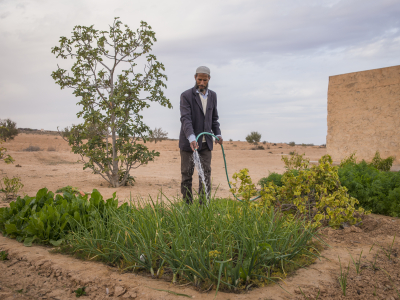

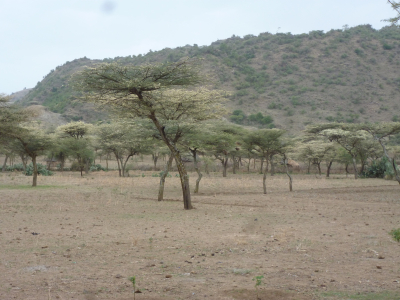
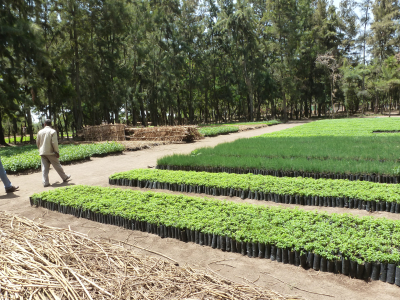
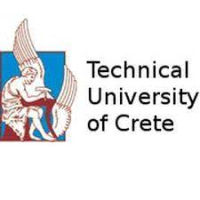
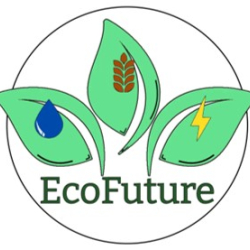










.png)




